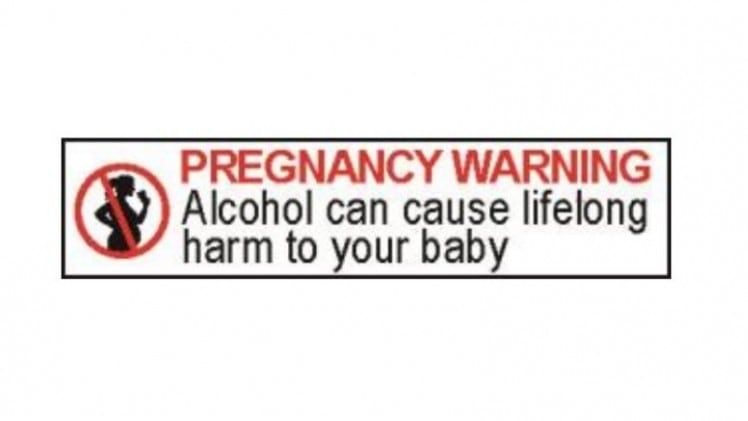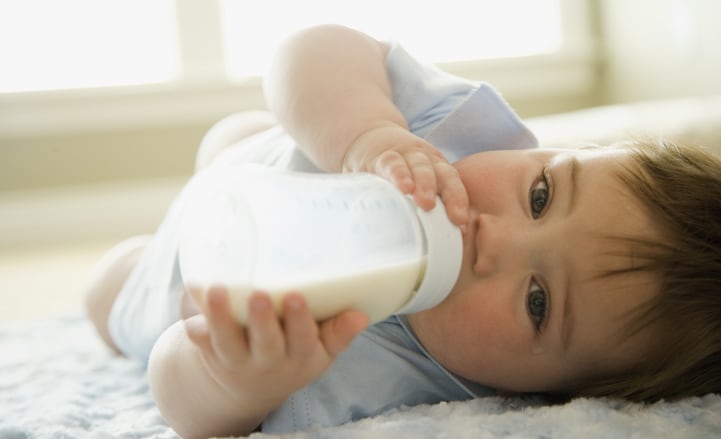Food Standards Australia New Zealand (FSANZ) first announced that Australia was considering the implementation of mandatory pregnancy warning labels for alcoholic beverages back in 2019.
The initial proposal contained the wording ‘Any amount of alcohol can harm your baby’ and was to apply to all alcoholic beverages with 0.5% ABV alcohol content, but this was later altered to ‘Alcohol can cause lifelong harm to your baby’ and alcoholic beverages with 1.15% ABV after much debate and industry backlash.
The alcoholic beverages sector in Australia has maintained that there is a ‘working and effective’ labelling scheme already in place with no need for legislation to govern it, with major players such as Alcohol Beverages Australia (ABA) and Australian Grape and Wine previously having submitted protests agsinst the move.
Nevertheless, FSANZ has proceeded with the transition to and enforcement of the alcohol pregnancy warning label over the past three years, and from July 31 2023 all beverages with above 1.15% ABV must carry the label in accordance with strict size, format, colour and font specifications.
“The pregnancy warning label must be an image containing the pregnancy warning pictogram (image above) with a black pregnant silhouette and red circle and strikethrough, the signal words ‘PREGNANCY WARNING’ in red coloured capital letters, and the statement ‘Alcohol can cause lifelong harm to your baby’ in black letters, all within a border,” FSANZ stated via a formal statement.
“There are minimum sizes that manufacturers must adhere to, for instance if the product is between 200ml and 800 ml the pictogram must be minimum 6mm in diameter, the signal wording minimum 2.1mm and the statement itself minimum 1.6mm.
“Larger packages will correspondingly need to carry pregnancy warning labels in larger sizes, whereas packaging below 200ml can carry a minimum 8mm pregnancy warning pictogram.
There must also be a minimum of 3mm clear spacing all around the pregnancy warning label [to ensure visibility].”
The local Department of Agriculture, Fisheries and Forestry (DAFF) has also issued a separate statement reminding foreign alcohol manufacturers and importers of such beverages that these regulations apply to them as well.
“From 31 July 2023, all packaged and individual alcoholic drink products with more than 1.15% ABV for retail sale [will be required] to comply with the pregnancy warning labelling requirements,” DAFF stated.
“This means imported alcoholic drinks intended for retail sale must be labelled with the required warning statement unless the imported drink will be labelled with the statement (post border) before being sold.”
Alcoholic beverage manufacturers have also been encouraged to refer to the very detailed guidance material developed by FSANZ here in order to get their labelling accurately applied, given there has been some degree of confusion across the transition period.
Adjusting to accommodate all
The past three years has also seen FSANZ attempt to iron out various kinks in the warning labelling system, including alcoholic beverages that are encased in non-transparent, non-white-based packaging material such as cardboard.
“Certain alcoholic beverages such as beer which is sold in cases have expressed difficulties in displaying the labels, so FSANZ has amended the original requirements to include an optional pregnancy warning label for such cases,” said FSANZ.
“This option will have a pregnancy warning pictogram that is minimum 14mm in diameter, signal wording of at least 4.4mm, and statement sizing of minimum 3.4mm – but everything can be printed in black (no need for red wording or red strikethrough).
“This will apply only to prescribed alcoholic beverages that have packaging including more than one single individual unit, and an outer package made of corrugated cardboard with an outside liner made of kraft, recycled or white paper.”
The label will have to be printed directly onto the outer packaging using a post-print (flexographic) printing process, a method that provides industry with the advantages of being efficient on various types of packaging materials (including corrugated boxes), fast to dry, faster to process and thus lower in cost to use.





